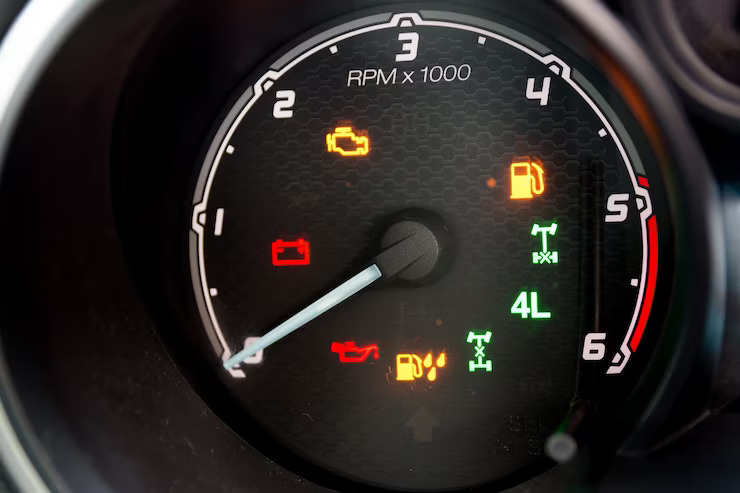The suspension system of a vehicle plays a crucial role in providing a smooth and comfortable ride while ensuring optimal handling and stability. It consists of various components such as shocks, struts, springs, control arms, and sway bars, all working together to absorb bumps, maintain tire contact with the road, and enhance overall vehicle performance. However, if there is a problem with the suspension system, it can trigger a warning light on the dashboard. In this article, we will provide a troubleshooting guide to help you address common issues related to suspension system failure warning lights.
Common Causes of Suspension System Failure Warning Lights:
- Sensor Malfunction: Modern vehicles are equipped with suspension sensors that monitor the movement and behavior of the suspension components. If one or more of these sensors fail or become faulty, it can lead to inaccurate readings and trigger the suspension system failure warning light.
- Damaged or Worn Suspension Components: Over time, suspension components can wear out or become damaged due to factors such as normal wear and tear, rough road conditions, or accidents. Faulty or worn-out shocks, struts, control arms, or other suspension parts can affect the performance of the suspension system and trigger the warning light.
- Electrical Issues: The suspension system relies on electrical connections and control modules to operate effectively. Problems such as loose connections, damaged wiring, or faulty control modules can disrupt the communication and functionality of the suspension system, resulting in the warning light activation.
Troubleshooting Guide:
- Check for Obvious Signs: Begin by visually inspecting the suspension components for any obvious signs of damage or wear. Look for leaks, cracks, or physical damage to the shocks, struts, control arms, and other components. Pay attention to any unusual noises or vibrations while driving, as they can indicate underlying suspension issues.
- Restart the Vehicle: Sometimes, the suspension system failure warning light may illuminate due to a temporary glitch or communication error. Start by turning off the vehicle, waiting for a few minutes, and then restarting it. If the warning light goes away, it may have been a minor issue that resolved itself.
- Scan for Error Codes: If the warning light persists, it is recommended to use a diagnostic scan tool to retrieve any stored error codes related to the suspension system. These codes can provide valuable information about the specific component or system malfunction. Refer to the vehicle’s service manual or consult a professional mechanic to interpret the error codes accurately.
- Inspect Suspension Sensors: Check the suspension sensors for any signs of damage or misalignment. Ensure that they are securely attached and functioning properly. Clean the sensor areas and make sure they are free from dirt or debris that could interfere with their operation.
- Check Electrical Connections: Inspect the wiring and connectors related to the suspension system. Look for any loose connections, frayed wires, or signs of corrosion. Ensure that all connections are secure and free from debris. If you identify any issues, repair or replace the wiring or connectors as necessary.
- Seek Professional Assistance: If the troubleshooting steps mentioned above do not resolve the issue, it is recommended to consult a qualified mechanic or authorized service center. They have the expertise, specialized equipment, and access to manufacturer-specific information to diagnose and repair complex suspension system problems. They may need to perform more advanced diagnostics or replace specific components to restore proper functionality.
The suspension system is a vital component of a vehicle, and any issues with it can affect both ride quality and safety. If the suspension system failure warning light illuminates, it is important to address the problem promptly. By following the troubleshooting guide outlined in this article, you can diagnose and address common issues related to suspension system failure warning lights. However, if you are uncertain about any aspect of the diagnosis or unable to resolve the issue yourself, it is always best to seek professional assistance to ensure accurate diagnosis and repair of the suspension system.











